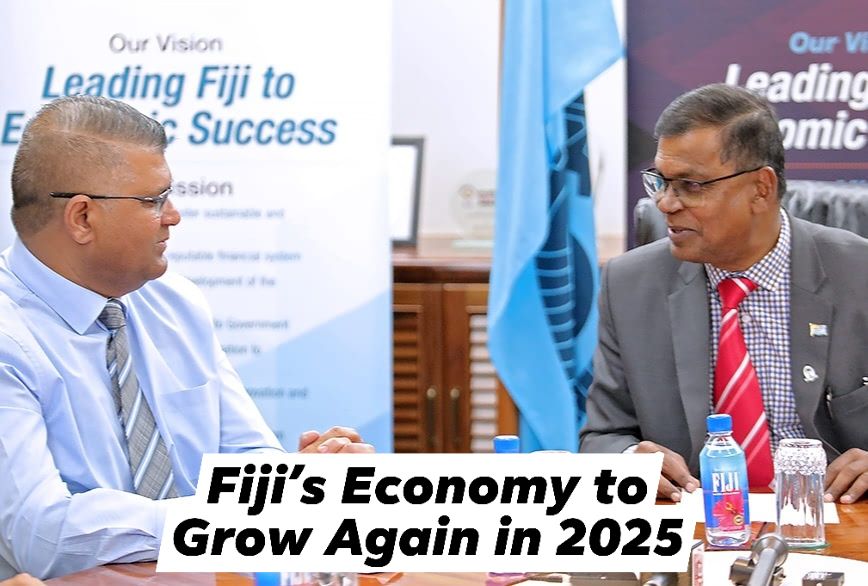Fiji’s Economy to Grow Again in 2025
FIJI NEWSTOP STORIES


The Reserve Bank of Fiji (RBF) says Fiji’s economy is expected to grow by 3.4 percent in 2025, making it the fourth year in a row that the country records positive economic growth.
The Bank says this new forecast is slightly higher than what was projected earlier this year and is based on the latest global and domestic information.
RBF Governor and Chairman of the Macroeconomic Committee, Ariff Ali, said the world economy has shifted in recent months, especially after the United States reduced a planned tariff increase that was expected to negatively affect Fiji’s exports.
He also noted that the International Monetary Fund has upgraded its global growth forecast for 2025.
According to the Reserve Bank, Fiji’s domestic economy has performed better than expected so far this year.
Strong consumer spending, higher incomes, remittances and government spending have supported activity.
The Bank says the reduction in VAT has eased pressure on consumers, while investment confidence is improving as shown by more private and public construction projects and a rise in building permits.
Growth has also strengthened in sectors such as forestry and logging, public administration, retail and construction due to stronger activity and policy measures.
Tourism continues to recover well.
The Reserve Bank says visitor arrivals picked up after a slow first quarter, and Fiji is now on track to achieve its third consecutive year of record tourist numbers in 2025.
However, the Bank warns that not all sectors are performing strongly.
The sugar industry outlook has been revised downward because of ongoing challenges expected to reduce cane and sugar output in the 2025 crushing season.
The fishing sector is also expected to decline due to changing weather patterns and lower stock levels.
Other sectors such as electricity, information and communication and real estate will still grow but at a slower pace than previously thought.
Looking ahead, the Reserve Bank expects the economy to grow by around 3 percent a year from 2026 to 2028 as it returns to its long-term trend.
But it also warns that risks remain, including global uncertainty, slower tourism activity, investment delays, climate-related disasters and broader social challenges.
Ariff Ali said that although signs of improvement are clear this year, downside risks to the outlook still remain and the Bank will continue to monitor developments.